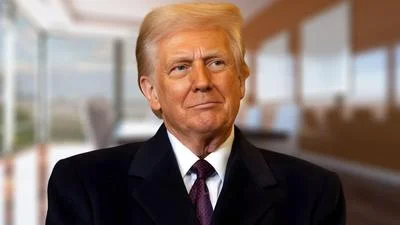The Congressional Record is a unique source of public documentation. It started in 1873, documenting nearly all the major and minor policies being discussed and debated.
“NATIONAL TRANSPORTATION WEEK” mentioning the U.S. Dept. of Transportation was published in the House of Representatives section on pages H3275 on May 18, 1999.
The publication is reproduced in full below:
NATIONAL TRANSPORTATION WEEK
The SPEAKER pro tempore. Under a previous order of the House, the gentleman from Maryland (Mr. Cummings) is recognized for 5 minutes.
Mr. CUMMINGS. Mr. Speaker, May 16 to 21 is National Transportation Week. During National Transportation Week, I will honor the many accomplishments of the Department of Transportation and our dedicated transportation workers. I will highlight the human factors, the technology, education, and safety accomplishments that make our transportation system one of the best in the world.
Usually when we discuss transportation we comment on the aspects of the industry, such as highways, airplanes, and railroads. But what about the people? The people are the element that make transportation work and have firmly established the United States transportation system as one of the safest and most efficient in the world.
The bus drivers, the airline pilots, ships' captains, locomotive engineers, air traffic controllers, and truck drivers, to name just a few, function in a fast-paced dynamic environment that requires skill and talent to build, operate and maintain.
And so, it is today that we pause to thank those persons who rise every day to carry out the mission of providing all Americans with the freedom of movement, a very basic freedom which is often taken for granted: Transporting children to schools, workers to work, vacationers to various leisure locations all over the country.
Simply stated, we thank our transportation workers for bringing life to life. We know that guaranteeing an efficient transportation system requires the best and brightest in our transportation workforce. While new technologies are expanding career opportunities in the transportation industry, much of the seasoned transportation workforce is retiring.
In 1997, the Department of Transportation launched an innovative program to combat this problem. Spearheaded by Secretary Rodney Slater, the Garrett A. Morgan Technology and Transportation Futures Program is a national education program designed to reach and challenge one million students of all ages to focus on their math, science, and technology skills.
The Department's program was named after Garrett A. Morgan, an African-American entrepreneur who invented the automated gas mask and traffic signal, a device that for more than 75 years remains the primary safety tool for managing automobile traffic. Despite his economically poor background and lack of education, his lifetime of achievement is a model of dedication to public service, public safety, and technology innovation.
The Garrett A. Morgan program builds a foundation for success in the twenty-first century transportation industry. Designing and implementing satellite navigation and positioning devices, intermodal transportation facilities, advanced highway construction, magnetic levitation technology, and ``smart growth'' community planning are but a few of the critical needs for transportation and global engagement in the new millennium.
In unveiling the program, Secretary Slater stated, ``We want to inspire students to choose careers in transportation so that this Nation will have the skilled workforce needed to operate and maintain the world's best transportation system.''
I urge my colleagues to salute the transportation workforce for what they do every day and for the service they will provide in the future.
____________________








